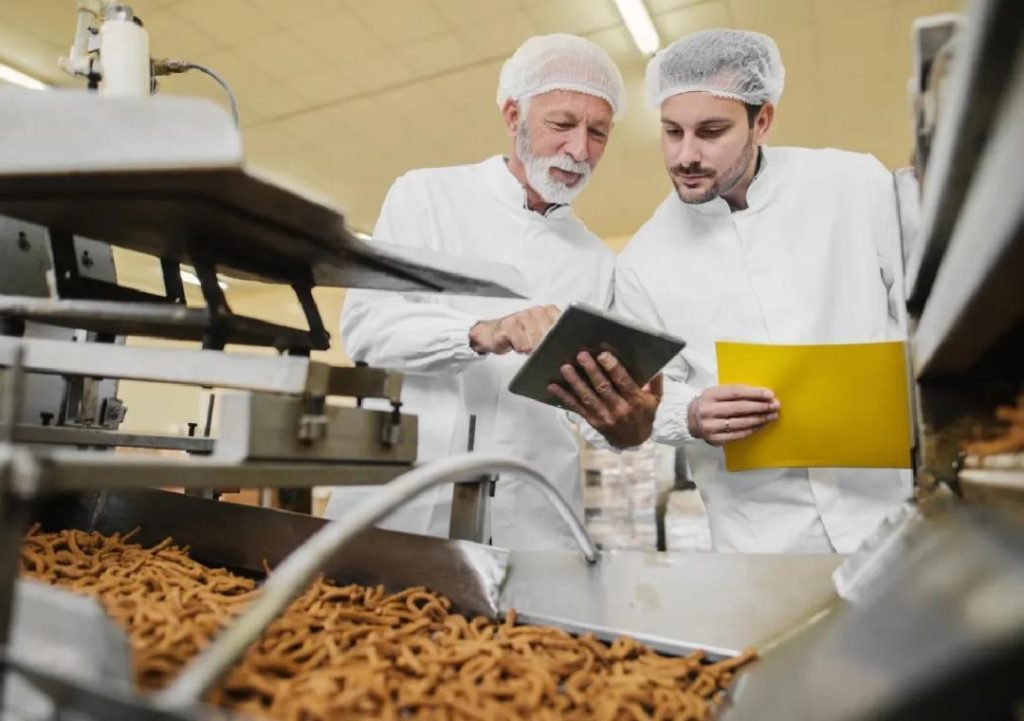
Can P&L Optimisation Redefine Success in Food Technology?
The food technology industry is witnessing a significant shift in the way companies approach profitability. In today’s competitive landscape, food tech businesses are realising the importance of streamlining their profit and loss (P&L) operations to drive growth, reduce waste, and improve decision-making. By adopting automation, smart inventory systems, and data analytics, food tech companies are optimising their P&L operations to achieve sustainable success.
In this blog post, we’ll explore the ways in which P&L optimisation is redefining success in food technology, and how businesses can leverage these strategies to boost their bottom line.
The Importance of P&L Optimisation
P&L optimisation is not a new concept, but its significance has become more pronounced in the food tech industry. With the rise of e-commerce, food delivery apps, and changing consumer preferences, food tech businesses face unprecedented challenges. To stay ahead of the competition, companies need to ensure that their P&L operations are efficient, agile, and data-driven.
P&L optimisation involves streamlining processes, reducing waste, and improving forecasting to increase profitability. By doing so, food tech companies can:
- Reduce waste: Minimise food waste by optimising inventory management, reducing overproduction, and improving supply chain logistics.
- Sharpen demand forecasting: Use data analytics to predict consumer demand, adjust production accordingly, and avoid stockouts or overstocking.
- Support better decisions: Make data-driven decisions by leveraging real-time insights on sales, production, and inventory levels.
Strategies for P&L Optimisation
To achieve P&L optimisation, food tech companies can implement the following strategies:
- Automation: Leverage automation tools to streamline processes, such as inventory management, order processing, and accounting.
- Smart inventory systems: Implement smart inventory systems that track inventory levels in real-time, alerting businesses to potential stockouts or overstocking.
- Data analytics: Use data analytics to gain insights on sales, production, and inventory levels, enabling businesses to make informed decisions.
- Scalable models: Adopt scalable models that can adapt to changing market conditions, ensuring sustainable growth and profitability.
Case Studies: P&L Optimisation in Food Tech
Several food tech companies have successfully implemented P&L optimisation strategies, achieving significant improvements in profitability. Here are a few case studies:
- Food delivery app, Deliveroo: Deliveroo implemented a smart inventory system to optimise its food inventory management. The system reduced food waste by 20%, resulting in cost savings of £100,000 per year.
- Meal kit delivery service, HelloFresh: HelloFresh used data analytics to improve its demand forecasting, reducing stockouts by 15% and overstocking by 10%.
- Food manufacturing company, General Mills: General Mills implemented an automation platform to streamline its production processes, reducing production time by 30% and increasing efficiency by 25%.
Conclusion
P&L optimisation is no longer a nice-to-have in the food tech industry; it’s a must-have. By streamlining P&L operations, food tech companies can reduce waste, sharpen demand forecasting, and support better decisions. By adopting scalable models, businesses can boost margins, ensure sustainable growth, and stay competitive in the industry.
In conclusion, P&L optimisation is the key to success in food technology. By implementing automation, smart inventory systems, and data analytics, food tech companies can redefine their approach to profitability and achieve sustainable success.
Source: https://www.growthjockey.com/blogs/p-and-l-operations-in-food-tech






